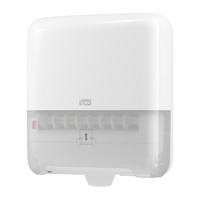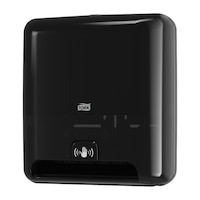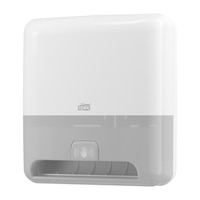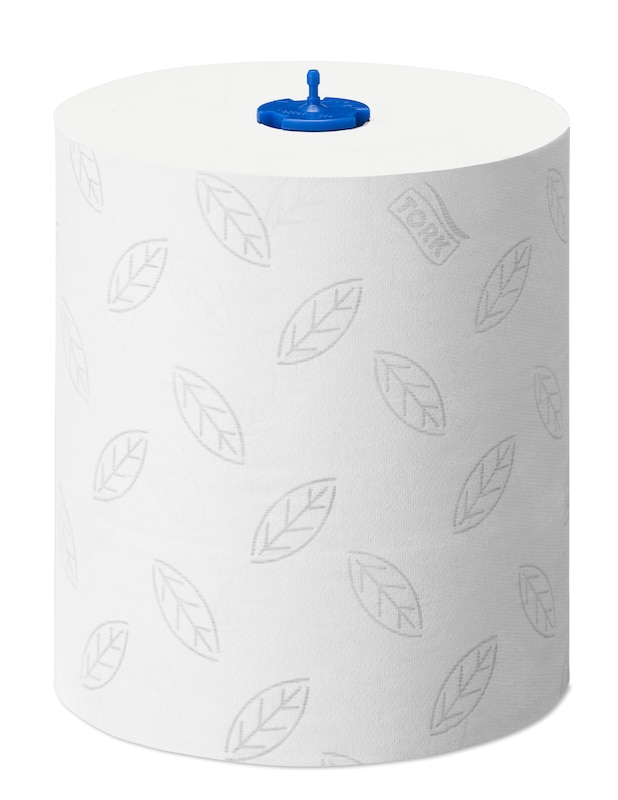

Tork Matic® Soft Hand Towel Roll Advanced
Description
Comfort your guests with the Advanced Tork Matic® soft hand towel roll. It gives a good hand drying and has a nice grey leaf decor embossing. The rolls are suitable for the Tork Matic® Hand Towel Roll Dispenser, developed for easy maintenance in high traffic washrooms. It saves time and controls consumption by one-at-a-time sheet dispensing.
- A large, soft hand towel with a high quality feel that leaves a lasting impression
- Long-lasting rolls minimize maintenance costs while maximizing service.
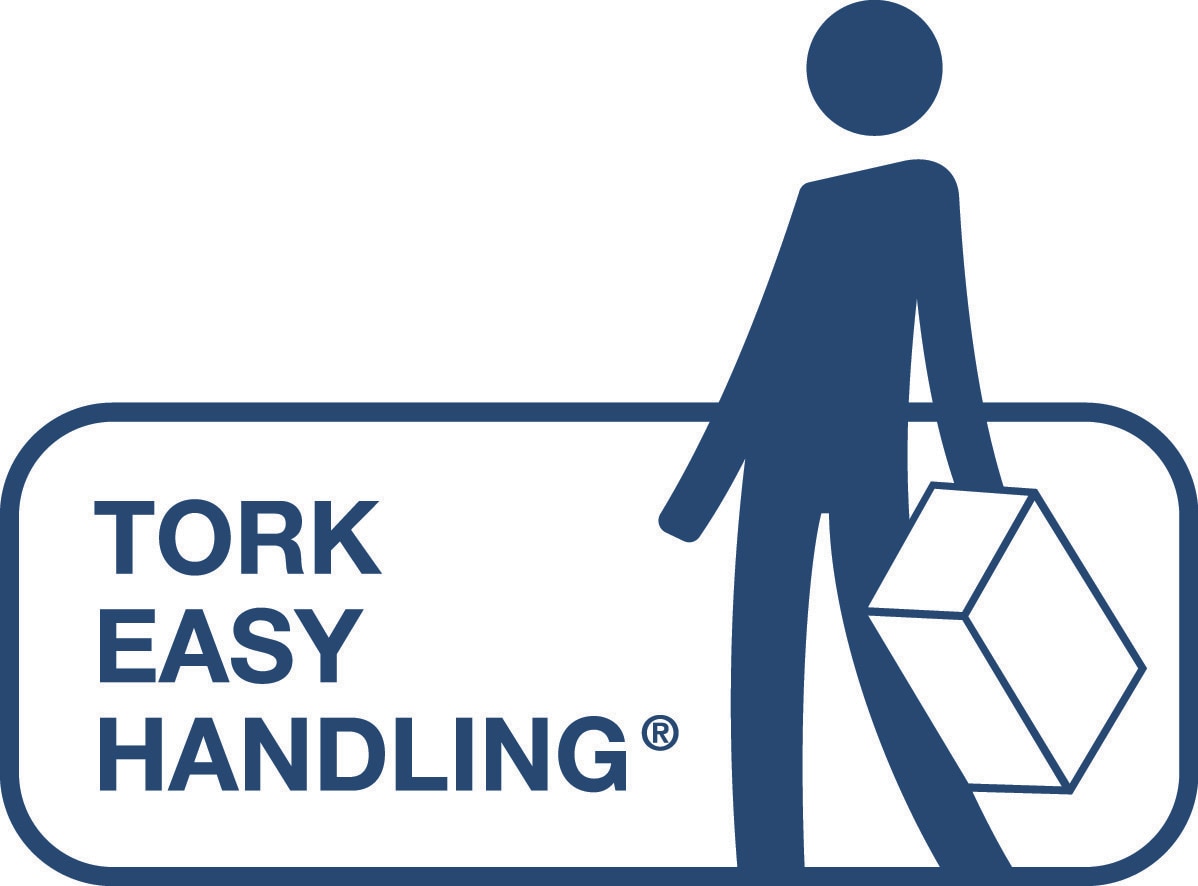
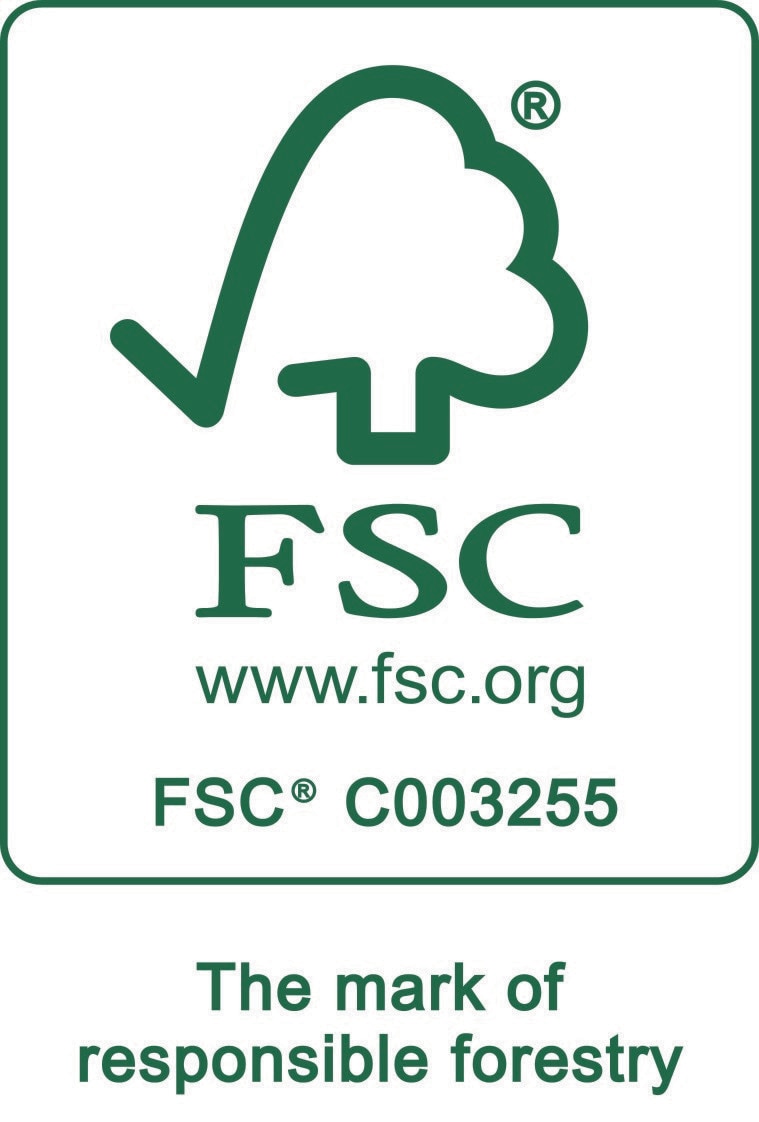
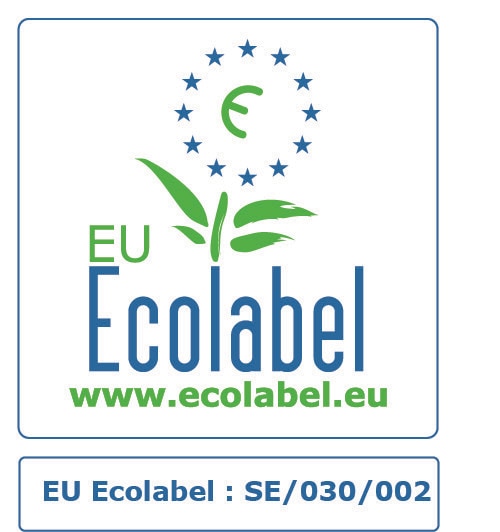
Product and delivery data
Delivery data
Carbon emission
- Tork Matic® has an average cradle-to-grave carbon footprint of 11.9 g CO2e per use, with cradle-to-gate part 8.5 g CO2e per use.*******
Use and waste
- One-at-a-time dispensing helps to control consumption and reduce waste.
- Switching from Tork C fold to Tork Matic will help reduce waste with 23%.*
- 99.9% jam-free.**
- Tork hand towels can be recycled into new tissue via Tork PaperCircle®.***
Hygiene
- One-sheet-at-a-time dispensing helps to minimise cross-contamination.****
- Drying hands with Tork paper towels will reduce more bacteria.*****
- Refills are third-party verified for short-term food contact.
- The sensor dispensers are certified Easy to use.******
- Tork Easy Handling® ergonomic packaging for easier carrying, opening and disposal.
Materials
- EU Ecolabel certified refills – reduced environmental impact across the product life cycle
- FSC® certified refills – made from responsibly sourced fibre
- Tork Matic Natural Hand Towel Roll is made from 100% recycled fibres, the colour comes from recycled cardboard boxes as one of the fibre sources.
References
*Comparing average Tork 471114 and 290265 with Tork 290067 based on weight. Lab report 20220705-011.
**Used with Tork refill articles 290016, 290059 & 290067.
***Available in select countries.
****Used with Tork refill articles 290016, 290059 & 290067. 20220208-001-Tork Matic Claim testing.
*****When washing with soap, water vs only using soap and water. Based on modified EN 1499 standard, tested with E. coli., using Tork Mild Soap refill art. 420501 and Tork PeakServe refill art. 10058.
******Certified by the Swedish Rheumatism Association.
*******Represents the Tork Matic® European refill assortment per user occasion. Based on third party reviewed life cycle assessments (LCA) covering all refill quality tiers combined with consumption data. Because this data is a system average, it is not intended to be used in carbon reporting for specific articles and consumption.





